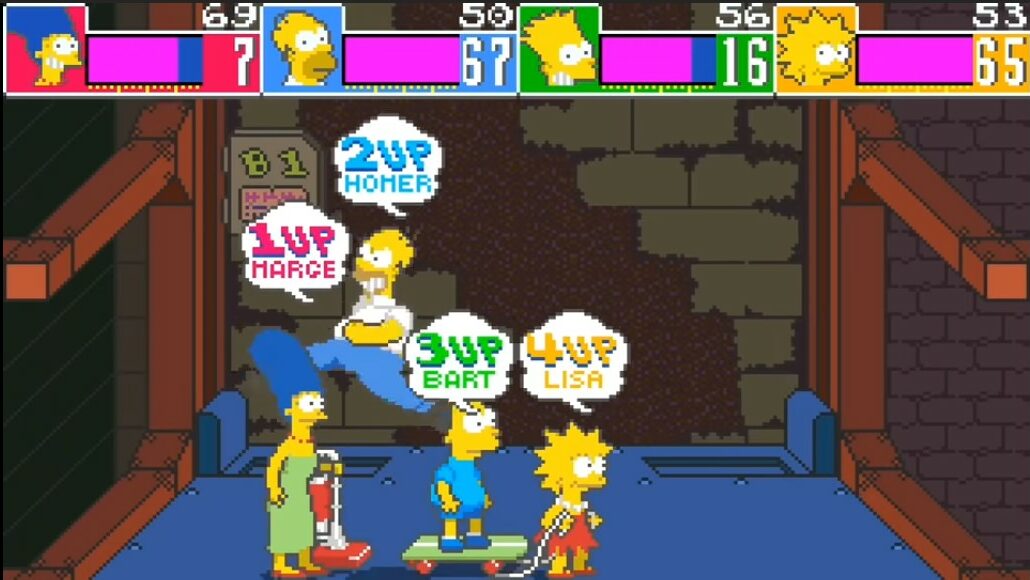Share
Even among Nintendo’s biggest fans, there’s a reasonable chance you weren’t familiar with Famicom Detective Club. Bringing us two murder mystery visual novels, this duology released for the Famicom Disk System in 1988/1989, marking Metroid writer Yoshio Sakamoto’s first venture as a scenario writer. Taking inspiration from several sources – The Portopia Serial Murder Case, Seishi Yokomizo, and Italian film director Dario Argento – they saw critical acclaim but sadly, never got (officially) localised.
An Unlikely Remake, But A Welcome One

So, when Nintendo confirmed they’d finally launch in the West last February 33 years later, there was widespread surprise. Unlike Earthbound Beginnings or Fire Emblem: Shadow Dragon And The Blade Of Light, this isn’t a fresh translation on the original games, instead giving us full remakes helmed by Steins;Gate developers Mages. Featuring brand-new graphics, a fresh soundtrack and fully voiced dialogue, FDC might be showing its age but Mages has done a fantastic job with this modern makeover.
As they’re closely tied together, this review covers both games, and I’d recommend playing them in release order. That starts with The Missing Heir, as our protagonist Taro Ninten (you can name him) wakes up in an amnesiac state, having fallen off a cliff. Remembering he’s an assistant detective, Taro teams up with Ayumi Tachibana as both begin investigating the murder of Kiku Ayashiro, an elderly CEO who died hours after announcing her will. Soon enough, our young duo become involved with a legend surrounding the Ayashiro family’s treasure, one that claims to resurrect the dead and kill anyone who’d try stealing it.
While the first game leans into supernatural territory, the second entry – The Girl Who Stands Behind – goes full tilt. Set two years before The Missing Heir, we found a 15-year-old Taro taken in by an investigator after his parents disappeared, trained to become a detective. After an Ushimitsu High School student is found dead, their body washed up onto a nearby riverbank. Though it starts as a standard murder investigation, this quickly unfolds into so much more, as Ayumi discovers connections to a much older case. Granted, these aren’t particularly original scenarios by today’s standards – and they aren’t particularly long games – but both storylines are well executed with satisfying payoffs.
A Forerunner To Ace Attorney

Once you begin investigating, anyone who’s played Ace Attorney will find a familiar approach. Sure, there’s no courtrooms and shouting “Objection!” into the DS microphone, but gameplay shares several commonalities. You’ll explore various environments, talking with other characters to obtain information and examining objects for further clues. While mostly similar, there’s a couple of gameplay differences between these games. The Missing Heir features a “Remember” option, designed to offer clues about your next step, while The Girl Who Stands Behind replaces it with “Think”, which functions similarly but presents information in a more intuitive fashion.
When designing the originals, Sakamoto believed gameplay should work around the story and that approach remains evident within the remakes. It sounds straightforward on paper, but FDC’s execution retains the more archaic aspects. Like other old-school text-based adventures, both games can be surprisingly tough and not in a good way. While you might’ve figured out the next steps in your investigation, you must perform them in a very specific order, and that’s where it becomes unclear.
For example, Taro may need to press someone on a question multiple times before getting a response, which would feel bizarre if it wasn’t a video game. As a result, some moments aren’t especially sensical, but Mages has included several quality-of-life improvements to help matters like the Notebook, which stores all the information you’ve received so far. Unlike before, you can now check a text log to remind yourself of anything said, and if you reload the game, it’ll recap previous events to refresh your memory.
As for the presentation improvements, its like night-and-day when compared to the originals.
Mages has given FDC a stunning visual overhaul, and you’d never tell this was previously a NES game if it wasn’t for the 80s gameplay design. The orchestrated modern soundtrack is an excellent addition but if you’re a real retro enthusiast, The Missing Heir lets you switch to the original Famicom soundtrack. Even better, The Girl Who Stands Behind contains a surprise third option for the SNES remake’s soundtrack too.
A Product Of Its Time That Still Holds Up

Ultimately, Famicom Detective Club’s gameplay is somewhat dated, but both games find strength in the stories they tell. At the core, these are still highly entertaining adventures, and you’ll quickly find yourself hooked on the unfolding mysteries. For such an obscurity in Nintendo’s library, it’s still hard to believe we’re finally experiencing these games 33 years on, and FDC’s better late than never. You won’t need long to complete them, but they all come highly recommended regardless.




